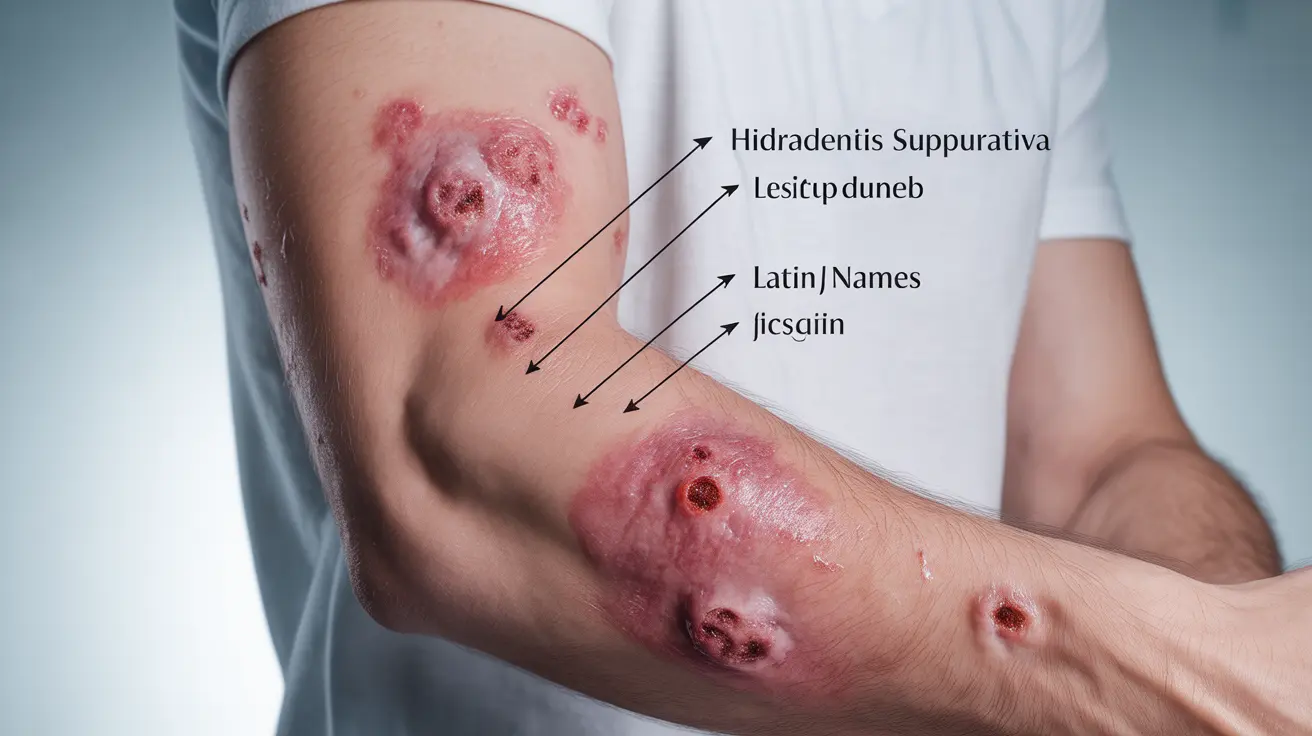Living with hidradenitis suppurativa (HS) can be challenging, and knowing when to seek emergency medical care is crucial for managing this chronic skin condition. While regular dermatologist visits are essential for ongoing care, certain situations require immediate hospital attention to prevent serious complications and ensure proper treatment.
Understanding the warning signs that necessitate emergency care can help HS patients make informed decisions about their health and prevent potentially dangerous situations from escalating. This guide will help you recognize when hospital care is necessary and what to expect during treatment.
Emergency Warning Signs Requiring Immediate Hospital Care
Several critical symptoms indicate the need for immediate hospital evaluation:
- Severe, unbearable pain that doesn't respond to prescribed medications
- Large, rapidly spreading areas of inflammation
- High fever (above 101.5°F/38.6°C)
- Significant wound drainage with foul odor
- Signs of systemic infection (chills, weakness, rapid heartbeat)
- Multiple boils or abscesses that have merged into extensive affected areas
Signs of Serious Infection
Infection is a major concern for HS patients, and certain symptoms warrant urgent medical attention:
- Intense redness extending beyond the typical affected areas
- Unusual warmth around lesions
- Significant swelling that restricts movement
- Pus or drainage that appears bloody or greenish
- Increasing pain and tenderness
- Mental confusion or disorientation
Hospital Treatment Approaches
Hospital care for severe HS differs from routine outpatient management in several ways:
- Immediate access to powerful IV antibiotics
- Advanced pain management options
- Surgical drainage procedures when necessary
- Continuous monitoring of infection markers
- Specialized wound care services
- Multidisciplinary team approach to treatment
Surgical Intervention Indicators
Certain conditions may require surgical management in a hospital setting:
- Deep, tunneling abscesses
- Extensive scarring affecting mobility
- Severe cases resistant to medical therapy
- Large areas requiring significant debridement
- Complications affecting vital areas
- Recurrent infections in the same location
Preventive Strategies to Avoid Hospitalization
Taking proactive steps can help reduce the need for emergency care:
- Maintain regular dermatologist appointments
- Follow prescribed treatment plans consistently
- Keep affected areas clean and properly dressed
- Monitor symptoms carefully for changes
- Address flare-ups early with appropriate medication
- Practice good skin hygiene and wound care
Frequently Asked Questions
When should someone with hidradenitis suppurativa go to the hospital or emergency room?
Seek immediate hospital care if you experience severe pain uncontrolled by medication, high fever, signs of spreading infection, extensive inflammation, or symptoms of systemic illness such as confusion or severe weakness.
What are the warning signs of infection or complications in hidradenitis suppurativa that require urgent medical care?
Watch for rapidly spreading redness, unusual warmth around lesions, severe pain, foul-smelling drainage, fever, chills, or mental changes. These symptoms may indicate a serious infection requiring immediate medical attention.
How does hospital treatment for severe hidradenitis suppurativa differ from outpatient care?
Hospital treatment provides access to intensive interventions including IV antibiotics, advanced pain management, immediate surgical options, and round-the-clock monitoring by specialized medical staff.
What symptoms of hidradenitis suppurativa indicate the need for surgical intervention or specialist hospital management?
Surgical intervention may be necessary for deep tunneling abscesses, extensive scarring, severe cases unresponsive to medical treatment, or complications affecting mobility or vital areas.
How can patients with hidradenitis suppurativa manage severe pain and wounds to avoid hospitalization?
Prevent hospitalization through consistent medication adherence, proper wound care, regular dermatologist visits, early intervention for flare-ups, and maintaining good skin hygiene practices.




